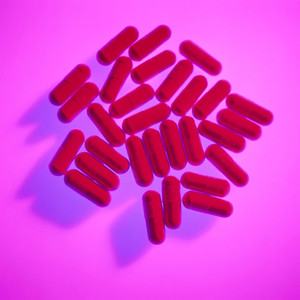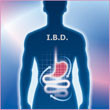A study comparing brand-name and generic acetylcysteine in China by Liu et al has shown that the generics test formulation was bioequivalent to the originator drug [1].
Acetylcysteine is a derivative of cysteine. It is used primarily as a mucolytic agent in order to thin the abnormally thick mucus for the treatment of chronic bronchitis, chronic obstructive pulmonary disease and other pulmonary diseases complicated by the production of viscous mucus. It has also been used an antidote against drug-induced hepatotoxicity in the management of paracetamol (acetaminophen) overdose. Administration of acetylcysteine has also been reported to be beneficial in systemic sclerosis, cystic fibrosis, HIV infection,septic shock, and diabetes.
In this randomised, open-label, single dose, two-period crossover study, 24 healthy Chinese male non-smokers aged 18 to 40 years with a body mass index (BMI) of 19 to 25 kg/m2 were enrolled at the phase I Clinical Research Unit of Shanghai Xuhui Central Hospital, Shanghai, China.
Eligible volunteers were randomised to one of two study groups and received either the generic (3 effervescent tablets of 200 mg each) or the originator drug (1 effervescent tablet of 600 mg) under fasting conditions during the first treatment period. After a wash-out period of seven days all subjects then switched to receive the other treatment.
Fifteen blood samples of 3 mL were collected from a forearm vein over a 24-hour period: 0 hour (before dosing) and 0.167, 0.33, 0.5, 0.75, 1, 1.5, 2, 3, 4, 6, 8, 10, 12, and 24 hours after dosing in each study period to evaluate the pharmacokinetics of acetylcysteine. Tolerability was determined by vital signs (oral body temperature, heart rate, respiratory rate and sitting blood pressure), clinical laboratory tests, 12-lead ECGs, physical examinations (0.5 hour before dosing and 24 hours after dosing in each study period) and interviews with the subjects about adverse events.
All subjects completed the study and were included in the safety, pharmacokinetic and bioavailability analyses. Two subjects (8.3%) experienced two mild adverse events (increase in total bile acid and prolongation of the QT interval) which were not considered to be related to administration of the study drugs.
The generic/brand-name ratios (90% confidence intervals) for the log-transformed Cmax, AUC0–t, and AUC0‑¥ were 96.51% (89.7%–103.8%), 93.94% (86.7%–101.7%) and 94.74% (87.7%–102.4%), respectively, which met the predetermined criteria for assuming bioequivalence. The relative bioavailability of the generic formulation to the brand-name formulation was 96.25%. The mean plasma concentration–time curves for the generic and brand-name formulations of acetylcysteine were comparable.
No differences in tolerability were observed between the brand-name and the generic acetylcysteine. Pharmacokinetic and bioavailability parameters were also shown to be similar between the two drugs.
In these healthy fasting Chinese males the reference drug and the tested generic also met the standard criteria for assuming bioequivalence as defined by the Chinese regulatory authority (Chinese State Food and Drug Administration [SFDA]).
The study was an open-label study, therefore, it might not objectively address the tolerability profiles of the two formulations. Since the data obtained was only from a small group, the pharmacokinetic profiles of acetylcysteine might differ in other targeted populations. In addition, regulatory bioequivalence might not predict therapeutic equivalence in patients in clinical practice.
Conflict of Interest
The sponsor, Sandoz China, Shanghai Novartis Trading Ltd, Shanghai, China, provided financial support, the draft protocol, both preparations of acetylcysteine, and the reference standard of acetylcysteine. However, the sponsor had no role in the conduct, analysis, or publication of the study.
Editor’s comment
If you are interested in contributing a research article in a similar area to GaBI Journal, please send us your submission here.
Reference
1. Liu YM et al. Relative bioavailability of generic and branded acetylcysteine effervescent tablets: a single-dose, open-label, randomized-sequence, two-period crossover study in fasting healthy Chinese male volunteers. Clin Ther 2010;32(12):2097-105.








 0
0











Post your comment